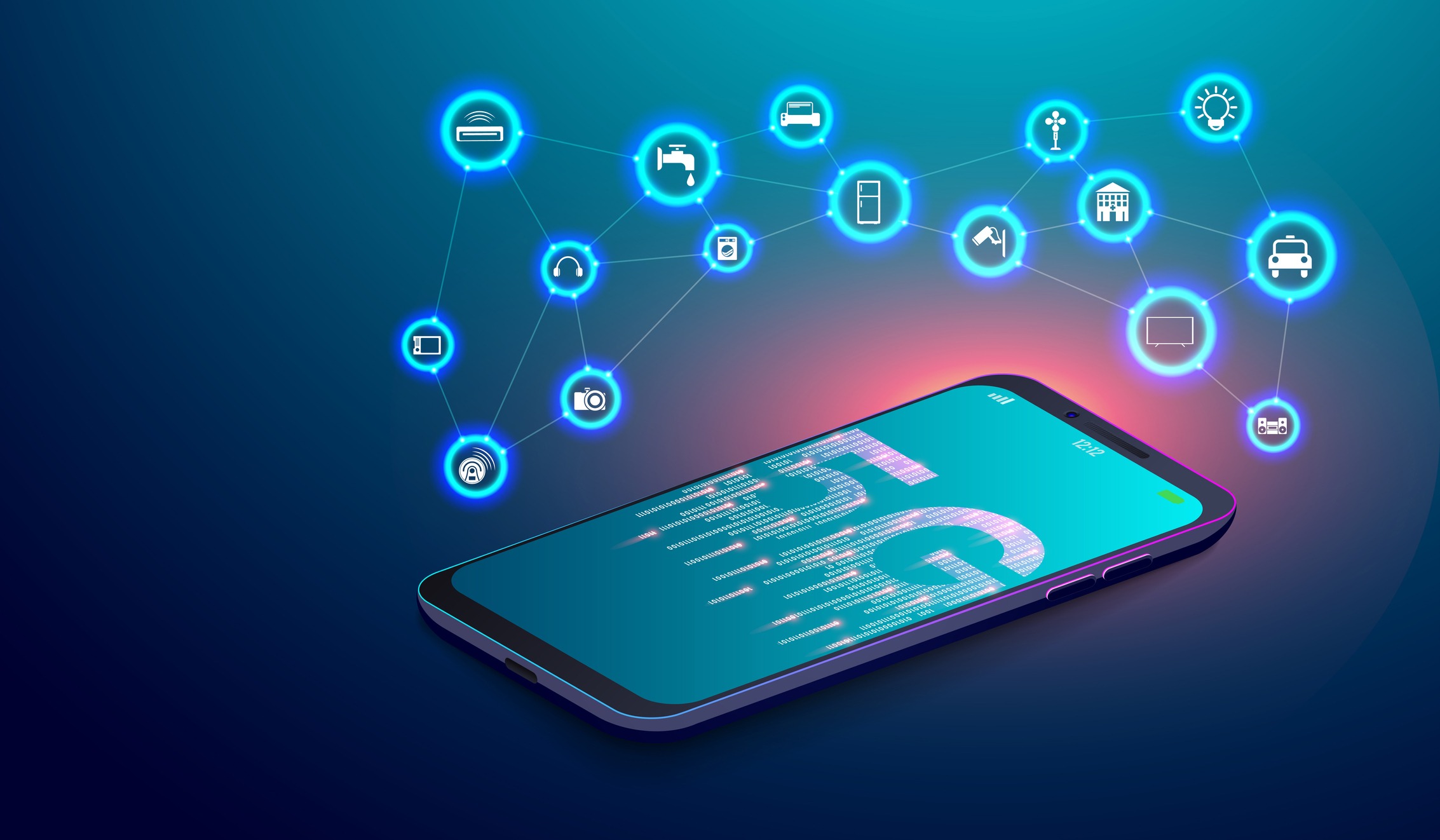IoT is a renowned technology that brought the era of connected devices to reality. The count of connected devices across the world with IoT is predicted to be 27.1 billion by the end of 2025. And this shows the demand for IoT across the globe.
Now, let’s talk about how the 5G network is entering the arena and blending well with IoT technology. This article will educate you on how this new network bandwidth is helping IoT devices in the industry.
What is the Significance of 5G for IoT?
The success of any IoT device is directly proportional to its performance. And the performance is specified based on how quickly the IoT devices can communicate with the respective devices, such as smartphones, tablets, or other IoT devices, through the website or application.
5G speeds up the data transfer, which will eventually help the connected devices operate better. As per the reports are concerned, 5G is considered ten times faster than the current 4G or LTE networks.
Currently, there are around 236 million global 5G subscriptions, which is forecasted to reach up to 3 billion by the end of 2025. There are currently 135 5G deployments across the world, which shows compliance with the standards of the 3rd Generation Partnership Project (3GPP).
The landscape of 5G states that it is ten times lower in latency, ten times moreefficient in connection density, and three times higher in spectrum efficiency than LTE or 4G networks.
Benefits and Working of 5G
To give you a better understanding of 5G and its implementation, here are a few benefits of its utilization:
- Better Transmission Speed- The transmission speed with 5G is around 15 to 20 Gbps.
- Lower Latency- Latency is defined to be ten times lower than that of 4G networks. Hence, this allows you to easily perform real-time remote actions.
- Large Number of Connected Devices- The count of connected devices will increase greatly with the utilization of 5G. It will supposedly rise to a millionaire’s scale per square kilometer.
- Network Slicing- 5G will allow the users to implement virtual networks for creating subnets to offer connectivity for specific needs.
Working on 5G Networks
Are you keen to learn how 5G is proficient enough to acquire these benefits? You need to get acquainted with its working process.
5G makes use of higher radio frequencies that experience fewer clutters. Hence, this allows the network to carry additional information at a faster rate. The higher bands of 5G are called millimeter waves. Higher bands imply faster data transfer but might interfere in communicating with devices over a large distance.
Therefore, 5G has enabled the use of multiple input/output antennas to boost the capacity and signals of 5G across various wireless networks.
As per the experts, it is said that 5G will be able to connect around 1000 additional devices/meters over 4G networks.
Expansion of 5G with the Adaptation of IoT Technology
5G is driving positive change in the field of the Internet of Things (IoT). It is a fruitful blend of technologies for major use cases that are about to come in the future. The idea of 5G is to leverage the maximum potential for edge computing to increase the effectiveness of IoT.
Companies like Verizon and IBM are collaborating to develop enhanced use cases of edge solutions and 5G. They have plans to make remote-controlled robotics, real-time video analysis tools, and other such factory automation.
Some of the other applications where 5G and IoT technology can be used as a combination are:
- Remote inspection
- Visual inspection
- Technical assistance in Artificial Intelligence and Augmented Reality Connected vehicles
The Security Risks that Come with the Blend of IoT and 5G Networks
With the fruitful perks of 5G and IoT, there are a few risks that the 5G networks bring to IoT. Here are the risks for your better understanding of this expansion:
- The attack surface areas will increase for the hackers.
- Proximity Service (PeS) intrusion problems will arise.
- There will be an economic risk.
- SS7 protocol risk will arise.
Conclusion
This is a brief explanation of 5G and IoT technology that is the future of connected devices and the related use cases. The technological era is now evolving to utilize modern networks on priority.
Hence, the developers are giving in their best to explore all the possibilities of 5G and IoT in the future. Connected devices are the future, and 5G will just escalate its potential.









